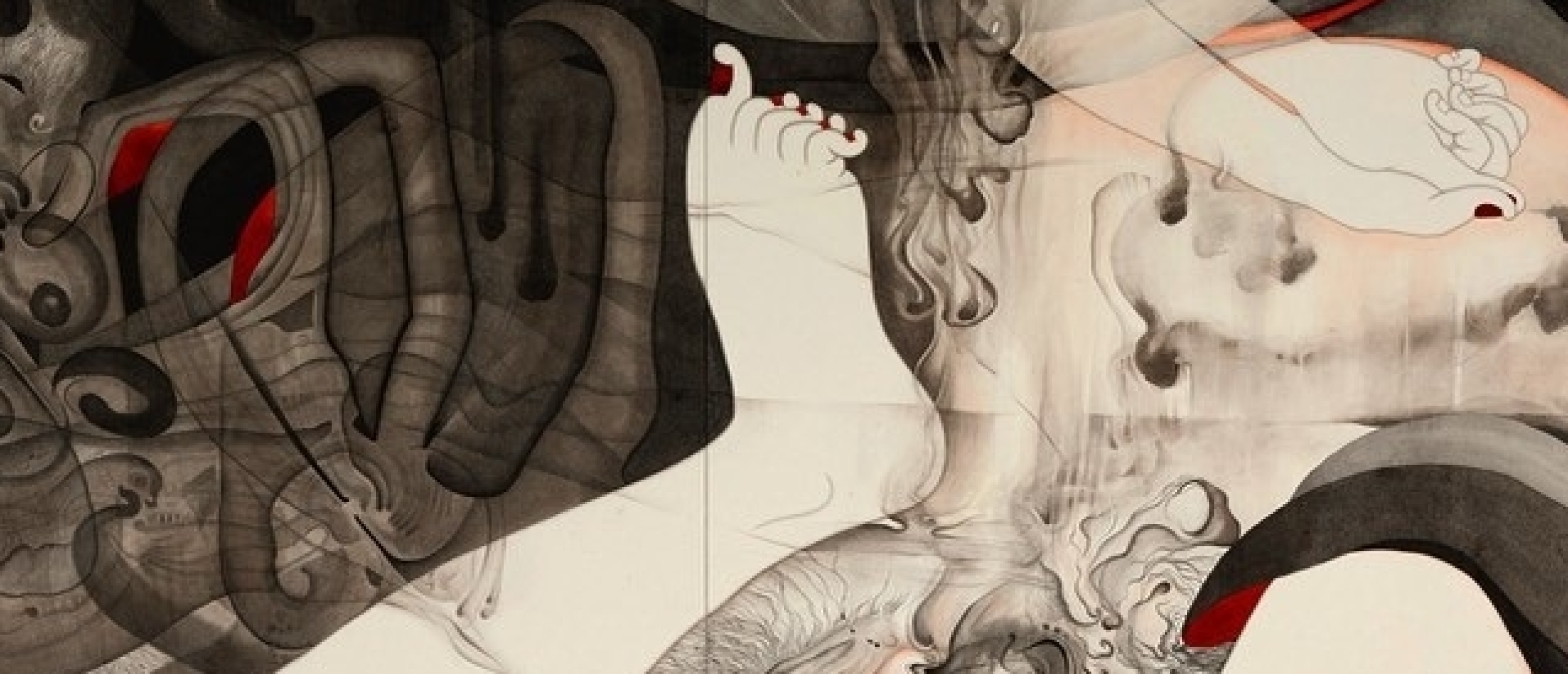
The works of the contemporary Japanese artist Michiyo Kamei (b. 1966) are a true gift for our platform that considers shunga to be the most important and influential erotic genres in art history. Michiyo masterfully combines national art with recognizable features of Western movements like surrealism and abstractionism. She evokes associations with opposite artistic styles by immersing the traditional spring pictures in a kaleidoscope of human kaibōgaku (anatomy). The respectful attention to the shunga genre is complemented by the usage of traditional materials: sumi (Japanese ink) and washi (Japanese paper).
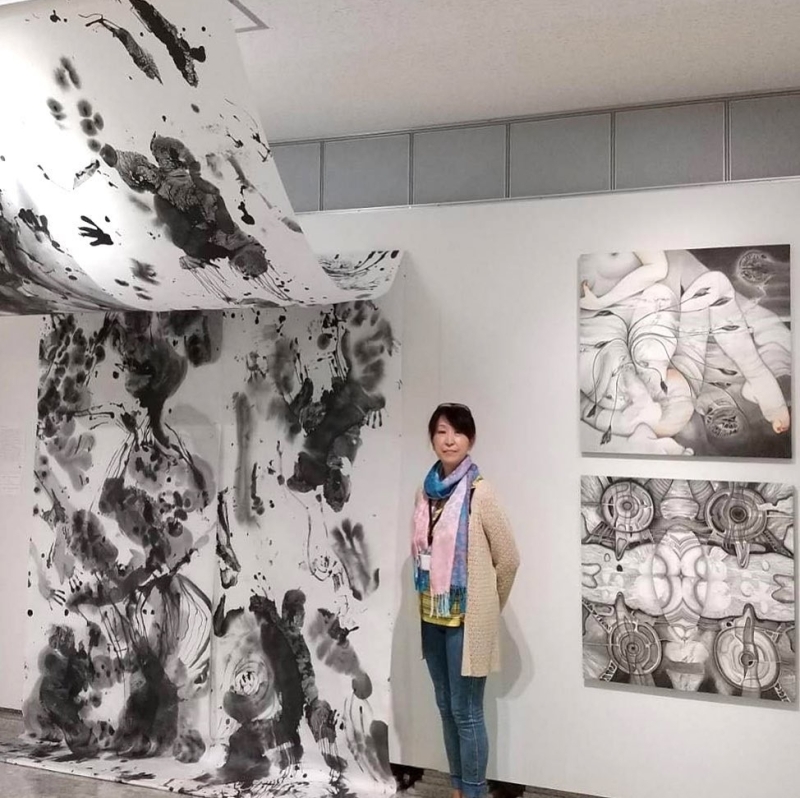 Fig. 1. Michiyo Kamei, 2022 (instagram.com)
Fig. 1. Michiyo Kamei, 2022 (instagram.com)
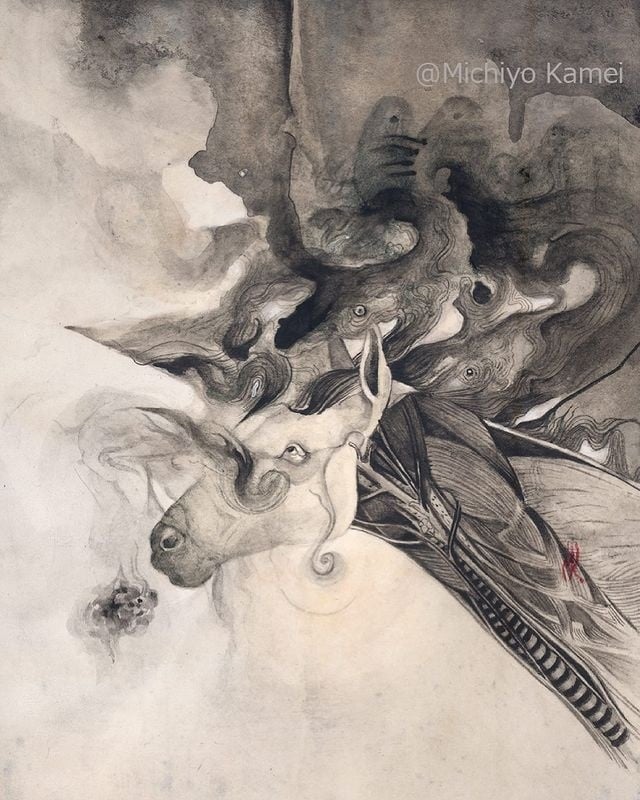
Fig. 2. Unicorn, 2015 (instagram.com)
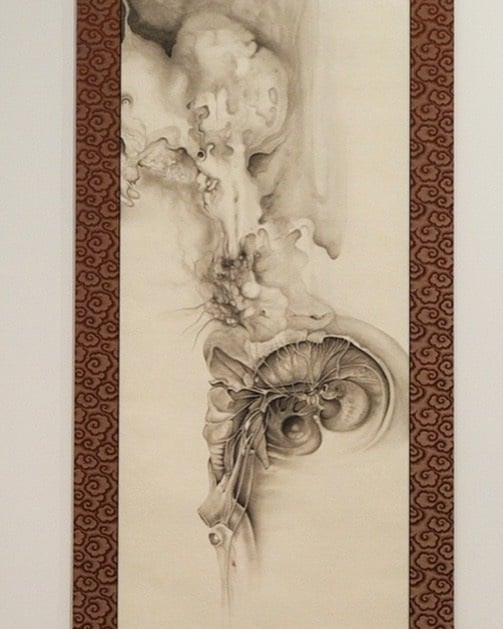
Fig. 3. Voice, hanging scroll, 2010 (instagram.com)
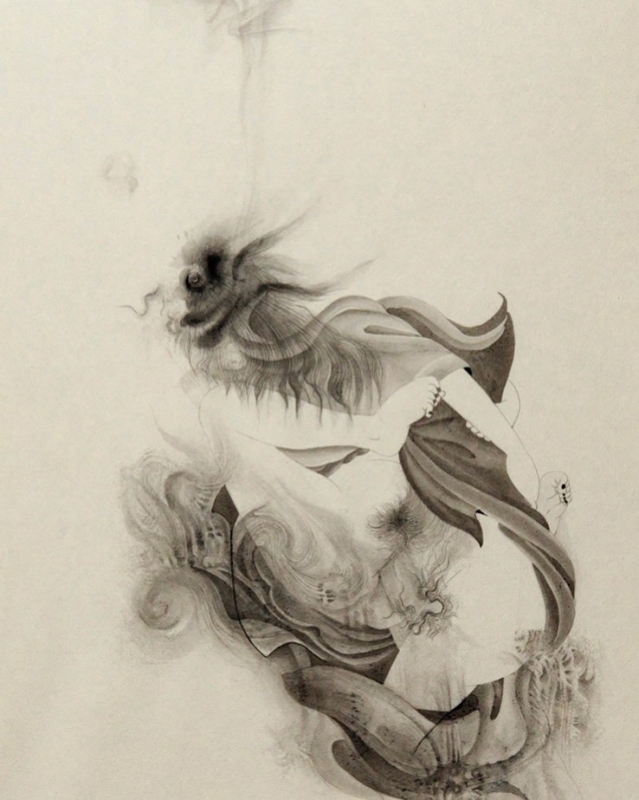
Fig. 4. Fringe, hanging scroll, 2015 (instagram.com)
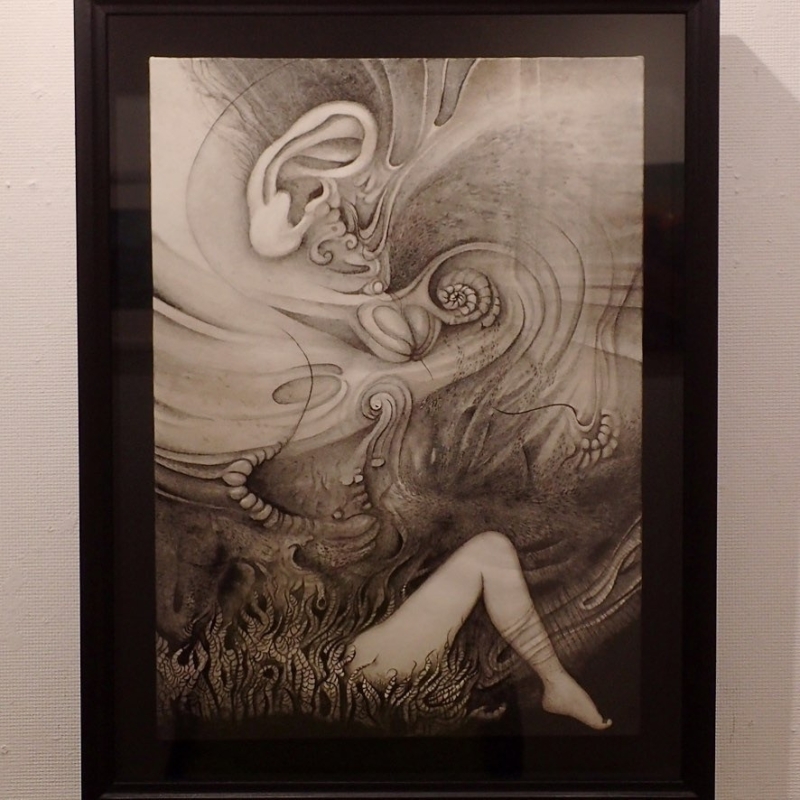
Fig. 5. Sleeping Girl, 2019 Michiyo Kamei. A work inspired by the novel “Blind Willow, Sleeping Woman” (1996) by Haruki Murakami (instagram.com)
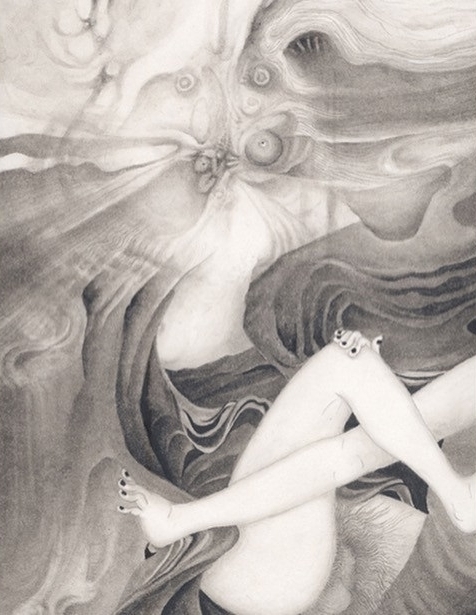
Fig. 6. Prism, 2015 (michika-6.wixsite.com)
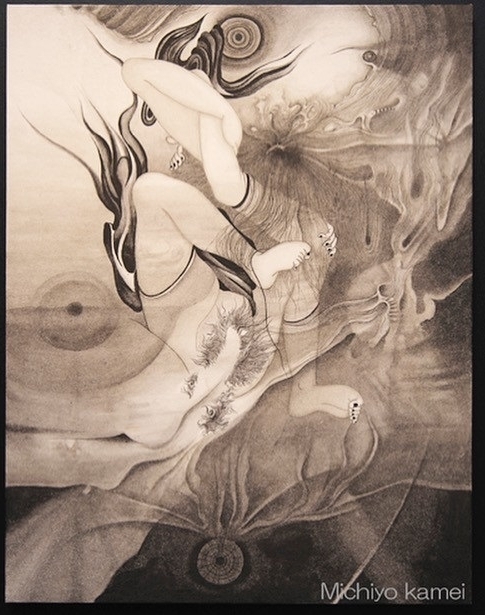
Fig. 7. Sun God Dance, 2017 (michika-6.wixsite.com)

Fig. 8. Wind Ritual, 2019 (michika-6.wixsite.com)
Icon of Death and Image of Life
The images of the modern artist not only refer to Japanese erotic art but practically become a reminder of some of its crucial sources. As known, during the medieval period, Chinese medicine manuals heavily influenced shunga producers. Michiyo Kamei draws her inspiration from medical studies as well. Her artistic goal is the following: "I had a strong desire to transform the anatomical diagram, which is an icon of death, into an image of life, and this became the theme of my work. This time, I aim to develop my work even further, and, instead of capturing the body in terms of form, I draw the body that is free from its contours and develops like a mandala unfolding in the infinite Universe" (yartgallery.shop-pro.jp).

Fig. 9. Fringe, 2016 (michika-6.wixsite.com)
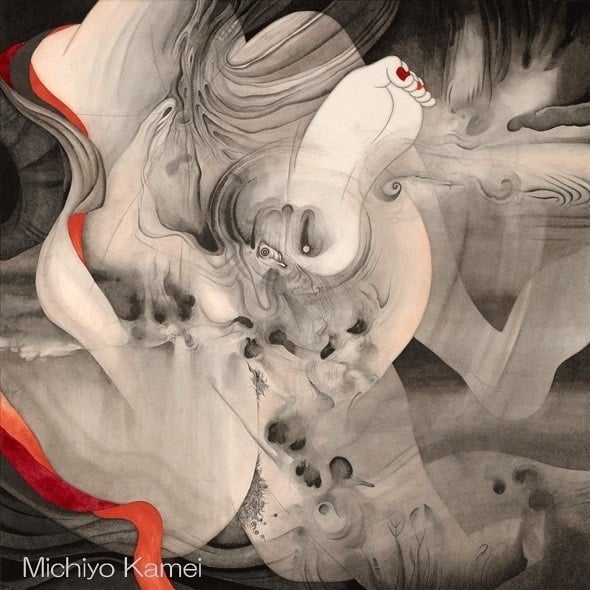
Fig. 10. Fringe, 2018 (michika-6.wixsite.com)
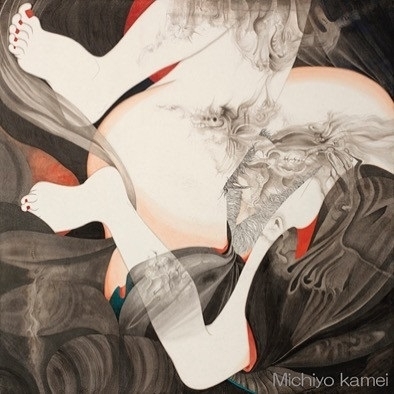
Fig. 11. Fringe, 2016 (michika-6.wixsite.com)
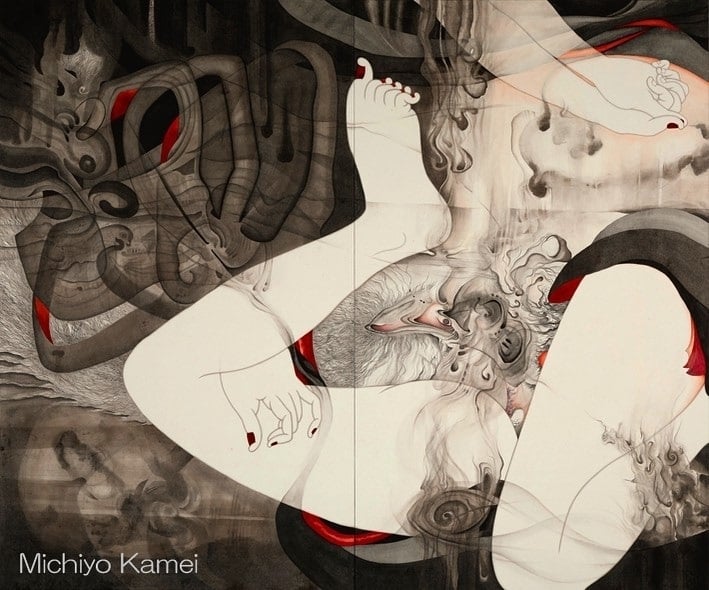
Fig. 12. Blood Atlas, 2018 (instagram.com)
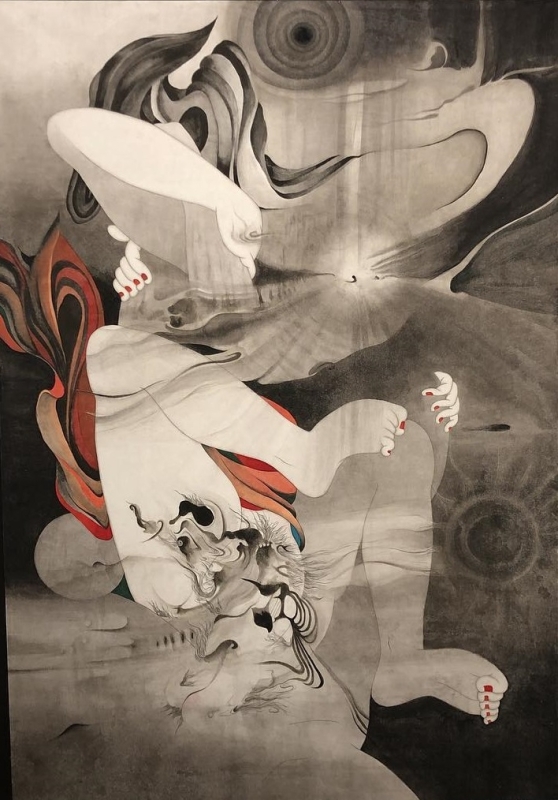
Fig. 13. Sun God Dance, 2017 (instagram.com). Some titles are repeated (fig. 7) as Michiyo creates a number of variations on the themes.
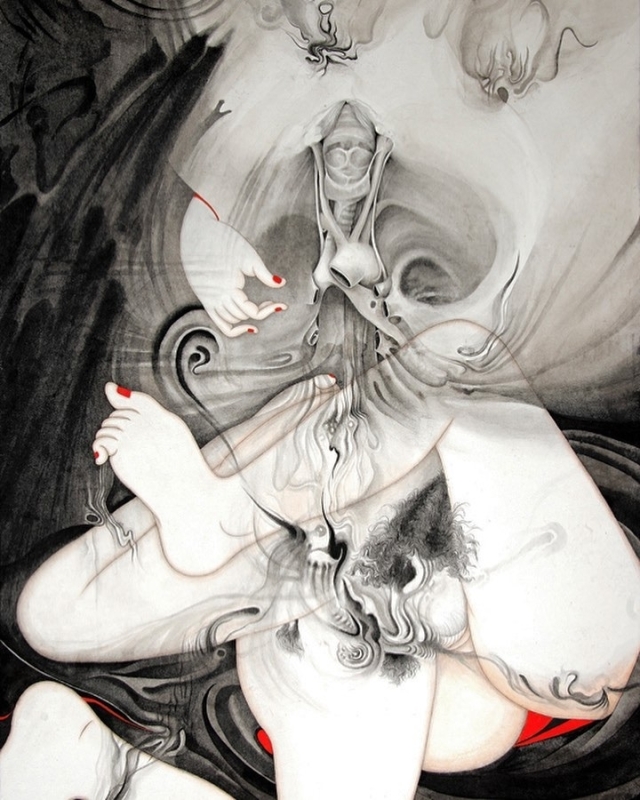
Fig. 14. Mercy and Ecstasy, 2018 (instagram.com)
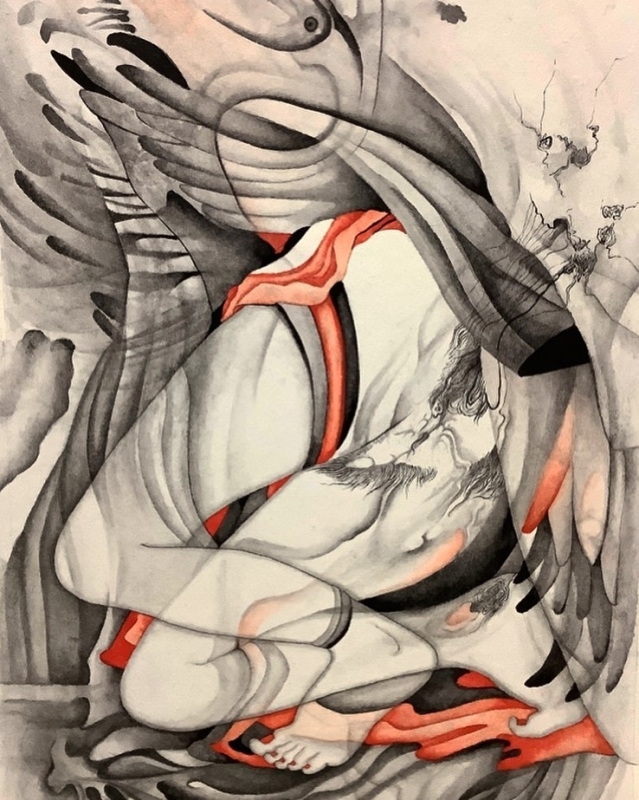
Fig. 15. Haru/Spring, 2020 (instagram.com)

Fig. 16. Ring, 2023 (instagram.com)
Art Is Anatomy
The curious artistic view of Michiyo Kamei was strengthened by her education. In 2004, she graduated from the Department of Philosophy, Faculty of Letters, at Keio University. Earlier in the 1990s, the painter graduated from the Department of Clinical Anatomy at Tokyo Medical and Dental University. By 1996, she received commissions to illustrate anatomical texts at the university. Judging by the list of her exhibitions, Michiyo's artistic activity started in the 1980s because the first exhibition happened in 1991 ("Micrographia," G art gallery, Tokyo). By the moment, she's had more than a dozen solo and group expositions. The artist leads a personal site, sells her art to the devotees, and uploads new paintings to her Instagram account.
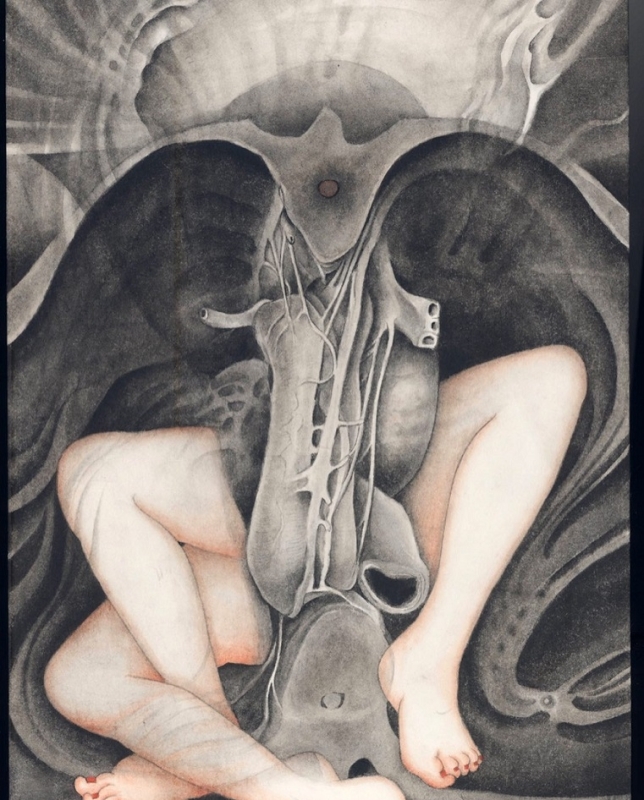
Fig. 17. Holy Body, 2019 (michika-6.wixsite.com)

Fig. 18. Mirror, 2021 (instagram.com)
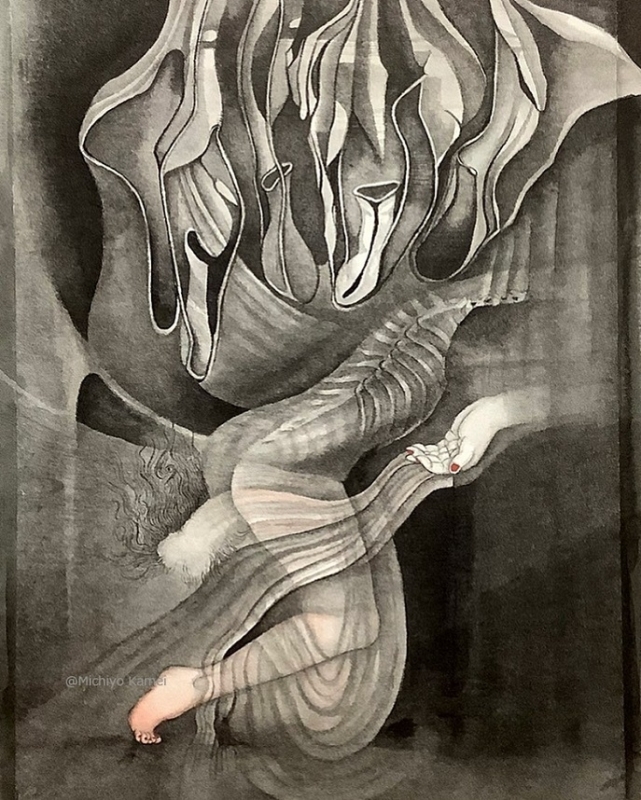
Fig. 19. Botany no.3, 2022 (instagram.com)
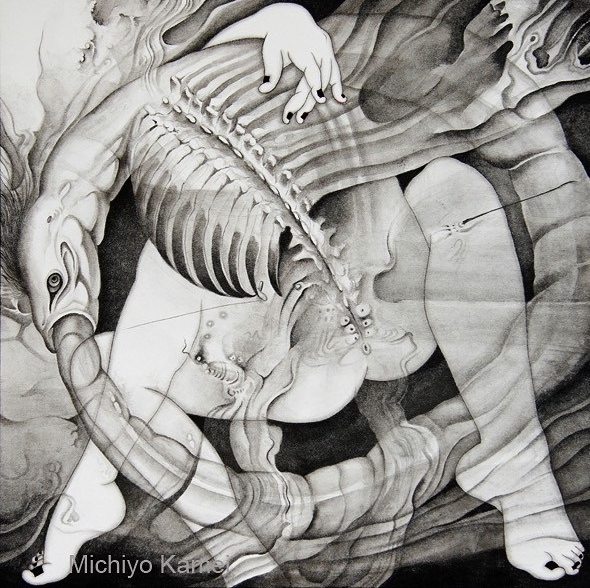
Fig. 20. Karma, 2020 (michika-6.wixsite.com)

Fig. 21. Toyokuni I, Mirror of the Vagina series, 1823
Presence of Toyokuni
Speaking of the shunga influence, we can't miss the famous print of Toyokuni I from his Mirror of the Vagina series, 1823 (fig. 21). The image, depicting a copulation of a male with a skeleton, refers to the Peony Lantern ghost story from the 17th century. The widowed samurai Ogiwara falls in love with mysterious Otsuyu, who, accompanied by a maidservant, comes to his house only at night and leaves before dawn. The curious neighbor once discovers the samurai sleeping with a skeleton. A Buddhist monk protects Ogiwara's place by charms so the ghost won't come in. Unable to fight the temptation, one night, Ogiwara goes out to greet his love. Otsuyu leads him to her 'home,' that is a grave, and the following day, Ogiwara's dead body is found entwined with the skeleton.
Become a Premium member now and discover the extended version of the article, which is more than twice as long and has three times as much images, including more on the reference to the Peony Lantern ghost story and Toyokuni's illustration, skeleton sex, the autoerotic nature of her imagery, the similarities of Michiyo's portrayal of the human body and Salvador Dali, Michelangelo and Lamettrie.
Click HERE for sensuality and surreality in the art of Japanese Dali Iwami Furusawa
Sources: michika-6.wixsite.com/michiyokamei; instagram.com/michiyokamei_/; yartgallery.shop-pro.jp
